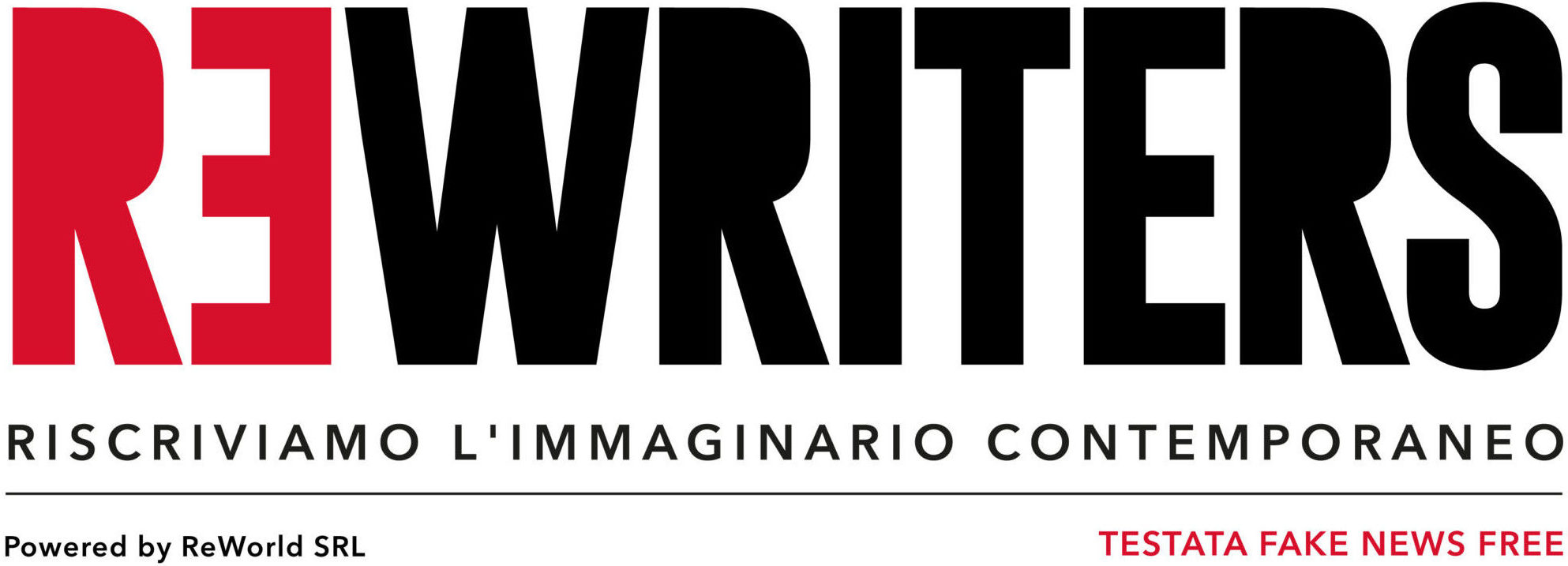Fontanelle negli aeroporti: un diritto da non farsi negare
Il viaggio si alimenta di acqua: in qualsiasi circostanza, il viaggiatore ha bisogno di bere. Pretendete fontanelle. Il testo della Fondazione Icu sulla loro obbligatorietà.

Il viaggio si alimenta di acqua: in qualsiasi circostanza, il viaggiatore ha bisogno di bere. Pretendete fontanelle. Il testo della Fondazione Icu sulla loro obbligatorietà.

English translation below
Il cattivo esempio di uno scalo che voleva essere da primato in Europa…
Il viaggio si alimenta di acqua: in qualsiasi circostanza, il viaggiatore ha bisogno di bere. Quando si vola il corpo tende a disidratarsi, per via della bassa umidità della cabina. Quando si aspetta in luoghi affollati come stazioni o aeroporti, bere aiuta a regolare la temperatura corporea. Camminare per una città, richiede assunzione di liquidi. D’estate poi, col caldo che fa…
Acqua e viaggio, ahimè, fanno spesso rima, e così fanno rima anche con la nociva plastica e una spesa spesso ingiustificata, dati i prezzi delle bottigliette per turisti.
Non a caso il viaggiatore è ormai sempre dotato di una propria borraccia da riempire: una buona abitudine, che dovrebbe risultare sistematica, per tutti.
Anche per questo l’Europa ha introdotto da tempo la direttiva 2020/2184, attuata in Italia dal decreto legislativo 18/2023, che prevede l’obbligo di disporre di fontanelle negli aeroporti. Acqua fresca, gratuita e senza plastica, una questione di praticità e di civiltà.
Quasi a voler giocare d’anticipo, sei anni fa l’aeroporto di Pisa annunciò che sarebbe diventato “uno dei primi aeroporti europei plastic free”, grazie anche all’installazione di fontanelle quasi all’avanguardia, tali da garantire “l’approvvigionamento gratuito di acqua naturale e frizzante, fresca o a temperatura ambiente”.
Ma che carini, dichiarazione che fanno quasi tenerezza per la loro enfasi. Peccato che a oggi nell’aeroporto di Pisa non esista una sola fontanella – al contrario di altri scali che frequento come Venezia, Bologna, Roma, Napoli o Treviso – e la plastica sia dappertutto.

A chi chiede dove sia l’annunciata, e dovuta, fontanella, il personale dell’aeroporto consiglia di servirsi dei bagni pubblici (un modo come un altro per risolvere legalmente il problema?), sulla cui igiene, per carità di patria, meglio non pubblicare fotografie. Eppure, all’epoca dell’annuncio, la solita retorica, le solite chiacchiere “all’italiana”.
Il viaggiatore assetato e responsabile non esiti dunque a chiedere ovunque delle fontanelle – la cui installazione costa poco, non è tecnologia avanzata. Si mostri indignato di fronte a un diniego, e scriva sull’autorità aeroportuale con la sua critica sacrosanta. Insomma, si faccia sentire, perché il viaggiatore – e in questo può differire dalla categoria più ordinaria dei turisti – è per definizione una creatura al passo coi tempi e non ci sta a farsi prendere in giro.
Vi segnalo il contributo della Fondazione Icu – Istituto consumatori e utenti sulle fontanelle d’acqua gratuite obbligatorie in stazioni e aeroporti.
ENGLISH VERSION
The bad example of an airport, which wanted to be a record holder in Europe…

Travel is fueled by water: in any circumstance, the traveler needs to drink. When flying, the body tends to dehydrate, due to the low humidity of the cabin. When waiting in crowded places such as stations or airports, drinking helps regulate body temperature. Walking around a city requires fluid intake. In summer, with the heat that it is…
Water and travel, alas, often rhyme, and so they also rhyme with harmful plastic and often unjustified spending, given the prices of bottles for tourists. It is no coincidence that the traveler is now always equipped with his own water bottle to fill: a good habit, which should be systematic, for everyone. This is also why Europe has long since introduced Directive 2020/2184, implemented in Italy by Legislative Decree 18/2023, which requires the availability of drinking fountains in airports. Fresh, free and plastic-free water, a matter of practicality and civility. Almost as if wanting to play ahead of the game, six years ago Pisa airport announced that it would become “one of the first plastic-free airports in Europe”, thanks also to the installation of almost cutting-edge drinking fountains, such as to guarantee “the free supply of still and sparkling water, fresh or at room temperature”. How cute, a statement that is almost touching for its emphasis. It’s a shame that today the same airport doesn’t have a single drinking fountain – unlike other airports I frequent such as Venice, Bologna, Rome, Naples or Treviso – and plastic is everywhere.
To those who ask where the announced, and necessary, drinking fountain is, the airport staff advises them to use the public toilets (a legal way to address the issue?), on whose hygiene, for the sake of their country, it is better not to publish photographs. And yet, at the time of the announcement, the usual rhetoric, the usual “Italian-style” chatter. The thirsty and responsible traveler should therefore not hesitate to ask for drinking fountains everywhere – which are cheap to install, and are not advanced technology. Let him show indignation when faced with a refusal, and write about the airport authority with his sacrosanct criticism. In short, let him make his voice heard, because the traveler – and in this he may differ from the more ordinary category of tourists – is by definition a creature in step with the times and does not want to be fooled.
